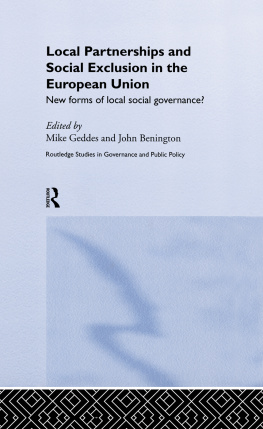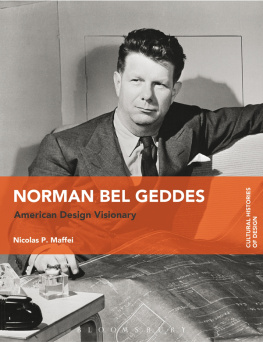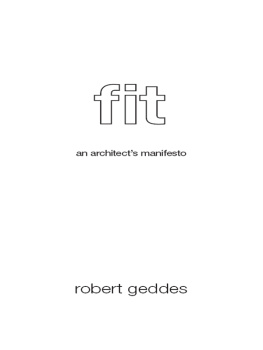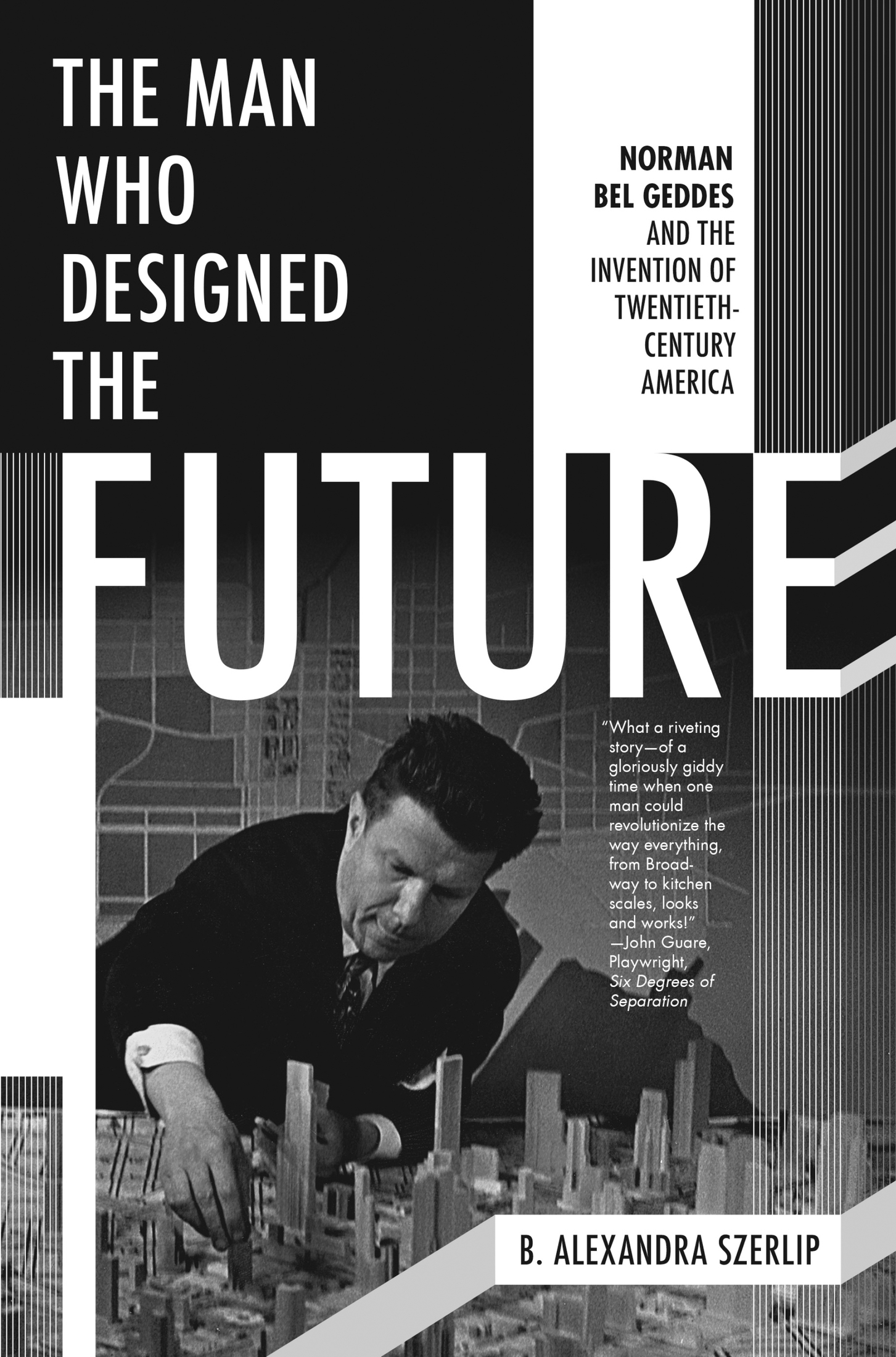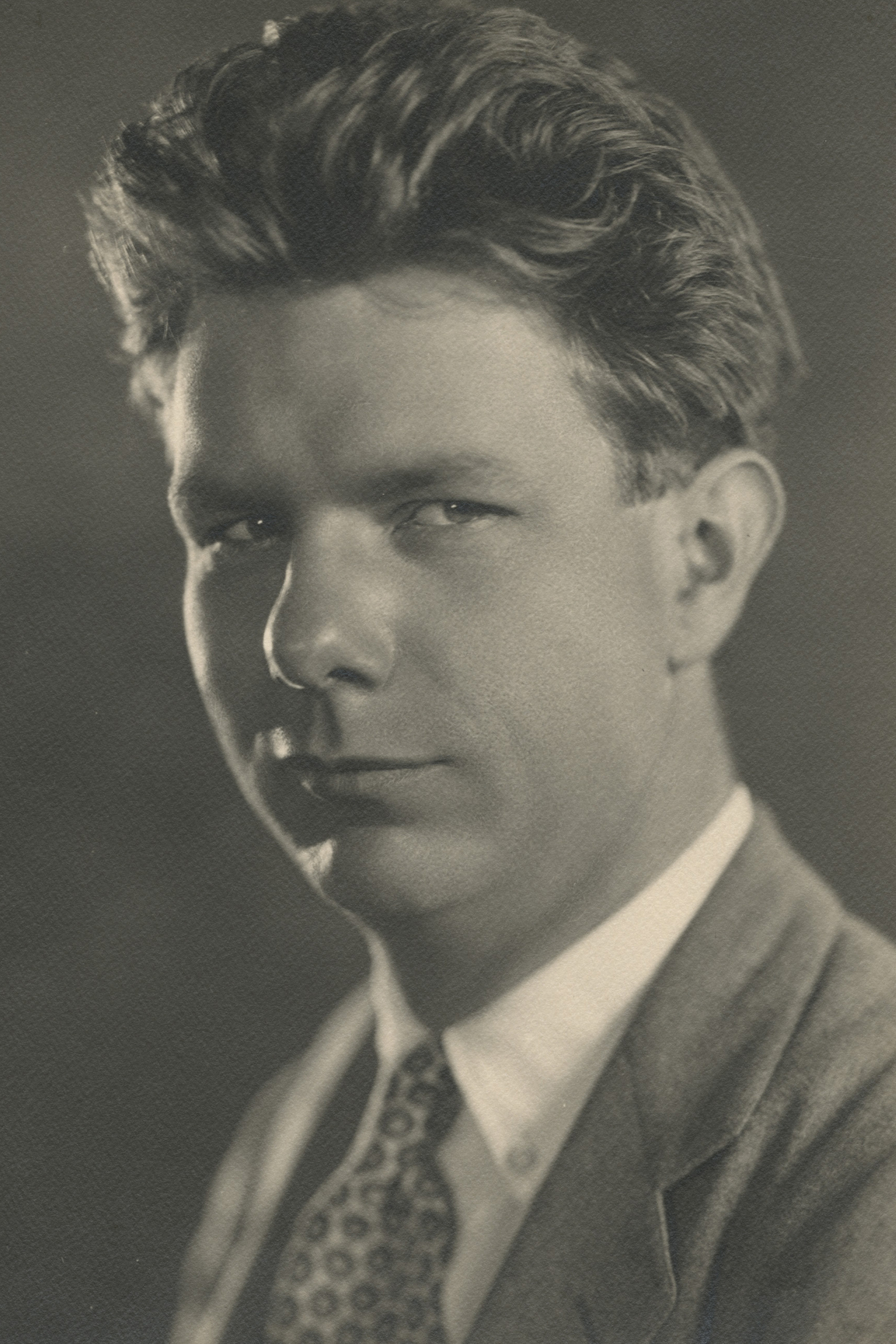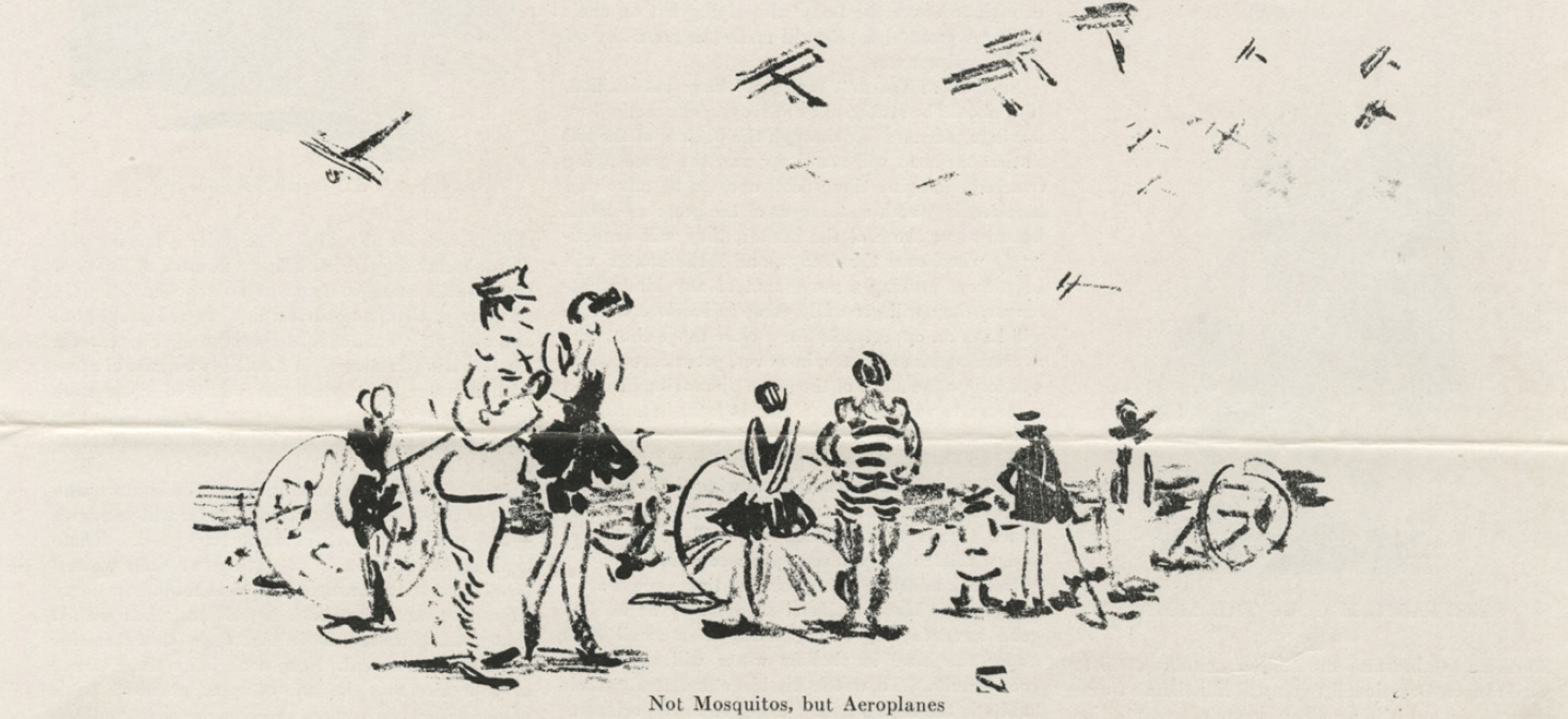Contents
The Man Who Designed the Future
Copyright 2016 by B. Alexandra Szerlip
First Melville House Printing: April 2017
Melville House Publishing
46 John Street
Brooklyn, NY 11201
and
8 Blackstock Mews
Islington
London N4 2BT
mhpbooks.com facebook.com/mhpbooks @melvillehouse
Frontispiece image courtesy Harry Ransom Center, The University of Texas at Austin, photographer unknown.
courtesy: Harry Ransom Center, The University of Texas at Austin.
Library of Congress Cataloging-in-Publication Data
Names: Szerlip, Barbara, author.
Title: The man who designed the future : Norman Bel Geddes and the invention of twentieth-century America / B. Alexandra Szerlip.
Description: Brooklyn : Melville House, 2017. | Includes bibliographical references.
Identifiers: LCCN 2016050576 (print) | LCCN 2016051081 (ebook) | ISBN 9781612195629 (hardback) | ISBN 9781612195551 (ebook)
Subjects: LCSH: Geddes, Norman Bel, 18931958. | DesignersUnited StatesBiography. | DesignUnited StatesHistory20th century. | BISAC: BIOGRAPHY & AUTOBIOGRAPHY / Artists, Architects, Photographers. | HISTORY / United States / 20th Century. | TECHNOLOGY & ENGINEERING / Industrial Design / General.
Classification: LCC NK1412.G43 S94 2017 (print) | LCC NK1412.G43 (ebook) | DDC 745.092 [B]dc23
LC record available at https://lccn.loc.gov/2016050576
ISBN9781612195629
Ebook ISBN9781612195551
v4.1
a
for Kenneth Rexroth
Autodidact, Man of Letters
19051982
The United States did not happen, it was designed.
ARTHUR J. PULOS
We are all swimming underwater and playing hunches.
DAVE HICKEY
The man who owns whole blocks of real estate, and great ships on the sea, does not own a single minute of tomorrow. Tomorrow!It lies under the seal of midnightbehind the veil of glittering constellations.
EDWIN HUBBELL CHAPIN, 1861
Contents
Introduction
I n 1927, moving pictures became talkies, the Cyclone Roller Coaster opened at Coney Island, and Sinclair Lewiss brutally satirical Elmer Gantry coexisted with Aint She Sweet?, one a bestseller, the other the number one pop single on the charts. The worlds first underwater vehicular tunnel opened to carry automobiles under the Hudson River, connecting New York to New Jersey, and telephone service was established connecting New York to London, San Francisco to Manila. One of Manhattans first skyscrapers, an art deco masterwork, was completed, Duke Ellingtons band headlined at the Cotton Club, Florenz Ziegfeld opened his eponymous theater (with a mixed-race cast), and, having produced 16 million Model Ts, Henry Ford reluctantly switched gears, discontinuing them in favor of the more stylish Model A.
America was potential writ large, replete with innovators, record breakers, and newly minted film stars. Shakespeare-reading, movie-star-handsome Gene Tunney defeated favorite Jack Dempsey for a second time. George Herman Babe Ruth Jr. hit his sixtieth home run. The survivor of a dismal British childhood, Charles Spencer Chaplin had, in short order, crossed an ocean and a continent and put Hollywood on the world map, earning a record $16 million (some $406.5 million today) in the process.
In 1927, Charles Augustus Lindbergh, just two years younger than the century, flew solo across the Atlantic in thirty-three hours, inspiring everything from airplane-shaped piggy banks, a George M. Cohan song, a dance (the Lindy Hop), and a New York Times editorial on his hair. A baby elk in the Brooklyn zoo was christened Lindy Lou, the Pennsylvania Railroad named a Pullman car after him, and a spectacular Broadway parade in the pilots honor (1,800 tons of ticker tape and confetti) was followed by a celebration dinner requiring 36,000 plates, 300 gallons of green turtle soup, and 12,000 slices of cake.
The subsequent flights of one-eyed Wiley Post, Ruth Elder, Admiral Byrd, and Amelia Earhart were nearly overshadowed. Maybe, wrote novelist F. Scott Fitzgeraldat thirty-one, already on a downward spiralthe frontiers of the illimitable air would provide respite from the party fatigue of the earthbound Jazz Age.
Not Mosquitoes but Aeroplanes. An early Bel Geddes sketch.
(Courtesy: Harry Ransom Center, The University of Texas at Austin/The Graphic, 1920s.)
Less jaded than Fitzgerald and equally, if not more, renowned in his field, was a ninth-grade dropout by the name of Norman Bel Geddes. At thirty-four, he was an internationally lauded theater designer who had, among other things, created sets for the Chicago and Metropolitan Operas and two Gershwin musicals, re-created the massive, full-scale interior of a medieval cathedral (the most extravagant and complex set in Broadway history), and reimagined Manhattans Palais Royale, transforming it from a moribund Victorian cavern into the citys premier nightclub.
Prior to that, hed abandoned a successful, hard-won career as an advertising art director. In 1927, he decided to jettison (if temporarily) this second, equally hard-won rsum (set and costume designer, lighting innovator, architect) to embark on a third pathone that would seriously challenge accepted notions of everything from airplanes, ocean liners, automobiles, locomotives, stoves, and circuses to the configuration of factories, homes, cities, and transcontinental highways over the succeeding decades and beyonda vocation that, as yet, had no official name.
THE PATRIOT, BEL Geddes would later write, was probably the straw that broke the camels back, breaking theaters absolute hold on his attention. A drama about the assassination of Catherine the Greats son (with John Gielgud in his first stateside role), the play opened at Broadways Majestic Theatre on January 19, 1927, the culmination of difficult work in challenging circumstances. Bel Geddes had been called in, after months of worry, to salvage the production.
The play required characters to exit from one of five different locales, mid-speech, and continue, almost uninterrupted, in another. To meet the challenge of almost instantaneous scene changes, Bel Geddes had designed a series of sliding partitions and interchangeable modules, every piece fitting into every other. Rather than cutting the floor into a revolving stagethe standard solution, which reduced the performance area by half and accommodated only two scenes at a timehed suspended his five sets on cables so they could be stored high up in the flies, the space above the stage. Once two half-set platforms pivoted out of the side wings on silent castors to meet center stage, the required walls swung into place, and a hinged ceiling folded down.






